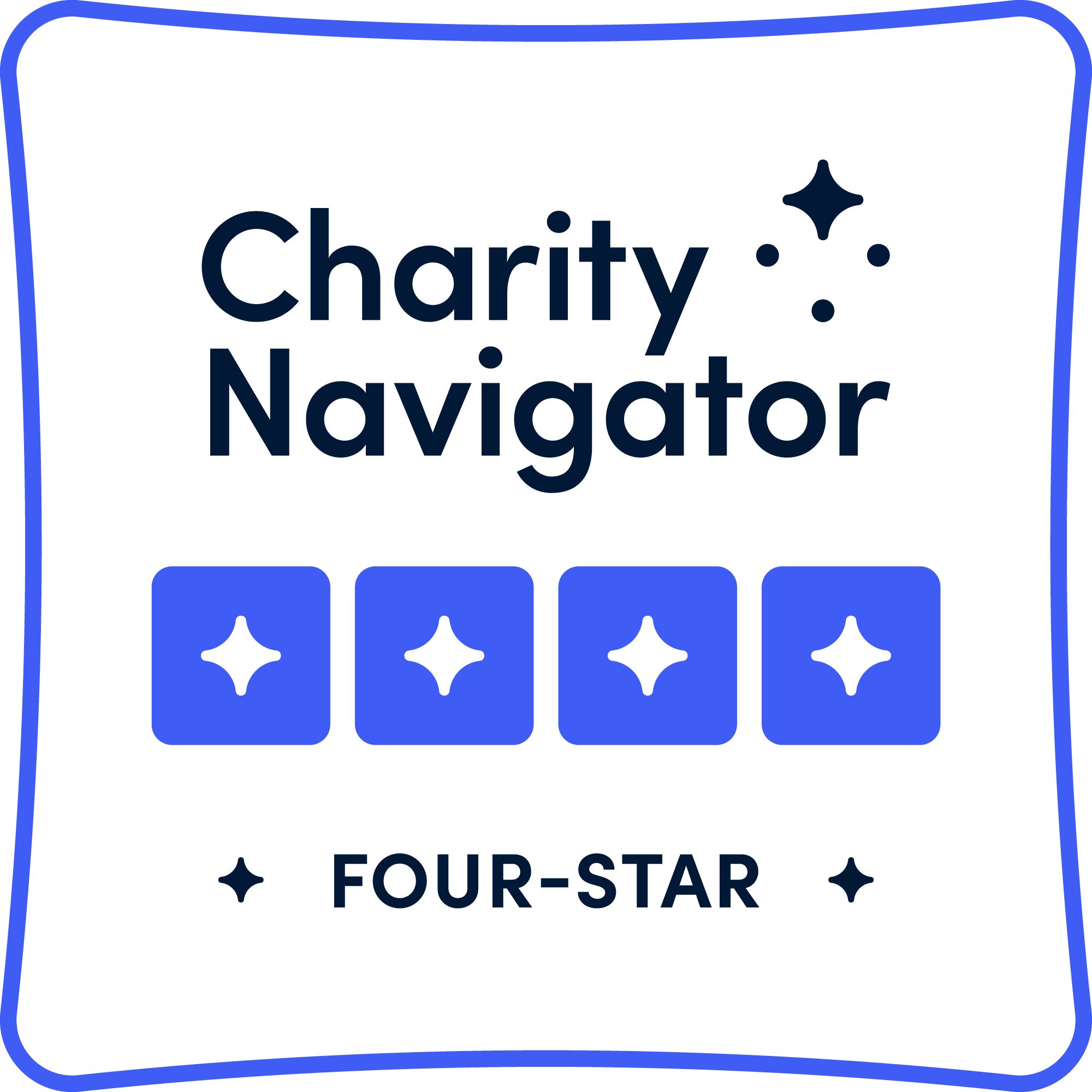The end of the school year should be like ending a race, a climactic event full of cheers. Once you’re in the home stretch, navigating this difficult yet very rewarding period of the school year presents a unique challenge. There’s no tired like end-of-the-year “teacher tired”, but planning the end of the school year activities for middle school also gives room for teachers to experiment with something new.






































